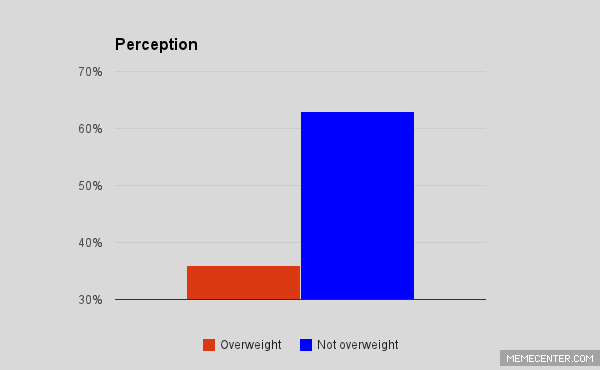NEW YORK—When it comes to ecological sustainability, New York City’s core components are also its main culprits. Buildings create 75 percent of the city’s carbon emissions.
With much of the city’s charm originating from its landmarks and other older buildings, combating carbon emissions could be difficult. The Municipal Art Society (MAS) has set out to prove it can be done.
Teaming up with the Landmark Preservation Society and the Henry Street Settlement, a Lower East Side community center, MAS is piloting a project to “green” historic buildings without damaging aesthetics. The initiative aims to create an energy-efficiency manual for older buildings.
“There is a huge public perception that old buildings are energy hogs, and that is not the case,” explained Lisa Kersavage, senior director of Preservation and Sustainability at MAS who spearheaded the project.
“There is also a perception that landmarks’ regulations prevent you from making a building more efficient,” she added. “We want to show people who own old buildings and landmarks how to be even greener.”
With preliminary assessment completed over the past few years, MAS set out to initiate a test case. After securing funding, the organization reached out to the Henry Street Settlement, which is located in the Federal-style row house built around 1820s, one of the first buildings in the city to be given a landmark status.
The project is still in an audit stage, with inexpensive ways to increase efficiency, like improving lighting controls and weatherization, being examined. Later stages of the initiative will focus on more advanced techniques to cut energy usage, such as incorporating renewable energy.
The Henry Street settlement has been providing a range of social services to the Lower East Side residents since 1893, the same year MAS was founded. “We are thrilled to be the first to take on this project,” said David Garza, executive director of the Henry Street Settlement.
“It’s a win for both organizations. This is a perfect way [for us] to analyze and assess how we can prepare for the next 100 years of providing services to the community. … We will [also] achieve cost savings. In these challenging times, if we can reduce energy cost, those dollars can be put to use to provide vital services to New York City residents,” Garza added.
The project is being conducted in cooperation with the Pratt Center for Community Development and two private architecture firms that are providing pro-bono consultation.
Enhancing energy efficiency of buildings is part of the Bloomberg administration’s PlaNYC 2030. The city enacted a set of efficiency requirements for privately owned and public buildings in 2009, focusing on 24,000 of the largest buildings. Per city’s estimates, these measures will reduce citywide carbon emissions by 4.5 million metric tons a year by 2030, resulting in annual savings of $700 million in energy costs.
With much of the city’s charm originating from its landmarks and other older buildings, combating carbon emissions could be difficult. The Municipal Art Society (MAS) has set out to prove it can be done.
Teaming up with the Landmark Preservation Society and the Henry Street Settlement, a Lower East Side community center, MAS is piloting a project to “green” historic buildings without damaging aesthetics. The initiative aims to create an energy-efficiency manual for older buildings.
“There is a huge public perception that old buildings are energy hogs, and that is not the case,” explained Lisa Kersavage, senior director of Preservation and Sustainability at MAS who spearheaded the project.
“There is also a perception that landmarks’ regulations prevent you from making a building more efficient,” she added. “We want to show people who own old buildings and landmarks how to be even greener.”
With preliminary assessment completed over the past few years, MAS set out to initiate a test case. After securing funding, the organization reached out to the Henry Street Settlement, which is located in the Federal-style row house built around 1820s, one of the first buildings in the city to be given a landmark status.
The project is still in an audit stage, with inexpensive ways to increase efficiency, like improving lighting controls and weatherization, being examined. Later stages of the initiative will focus on more advanced techniques to cut energy usage, such as incorporating renewable energy.
The Henry Street settlement has been providing a range of social services to the Lower East Side residents since 1893, the same year MAS was founded. “We are thrilled to be the first to take on this project,” said David Garza, executive director of the Henry Street Settlement.
“It’s a win for both organizations. This is a perfect way [for us] to analyze and assess how we can prepare for the next 100 years of providing services to the community. … We will [also] achieve cost savings. In these challenging times, if we can reduce energy cost, those dollars can be put to use to provide vital services to New York City residents,” Garza added.
The project is being conducted in cooperation with the Pratt Center for Community Development and two private architecture firms that are providing pro-bono consultation.
Enhancing energy efficiency of buildings is part of the Bloomberg administration’s PlaNYC 2030. The city enacted a set of efficiency requirements for privately owned and public buildings in 2009, focusing on 24,000 of the largest buildings. Per city’s estimates, these measures will reduce citywide carbon emissions by 4.5 million metric tons a year by 2030, resulting in annual savings of $700 million in energy costs.




Friends Read Free